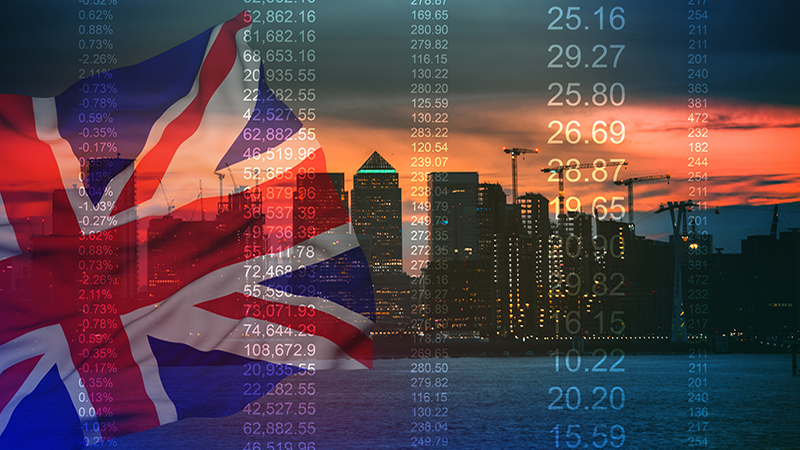In Russia, one of the most effective ways to do this is to work within so called Special Economic Zones (SEZ). Launched a few years ago by the government as a tool to attract investors, these zones still retain their appeal to companies seeking to expand business in Russia.
Business benefits
An SEZ provides investors with a whole range of advantages: reduction of administration by incorporating of the principle of the one-stop-shop; reduced VAT rates and income tax; exemption from land and vehicle tax for five years; a duty-free zone; and the provision of modern communication and other necessary commercial infrastructure.
Due to these factors, SEZ resident companies’ operating costs typically decrease by 30%.
Today there are 18 SEZs in Russia: four industrial, four technological, seven tourist and three logistics zones. A company – ‘Special Economic Zones’ – manages them all.
I can point out three main opportunities that SEZs may open up for foreign investors:
- Firstly, there is the build-to-suit principle, allowing for industrial logistics and production and laboratory buildings to be built for a specific customer with a subsequent long-term lease;
- Secondly, there is the possibility of venture capital investment;
- Thirdly, there is an opportunity to construct tourist and recreational facilities, as well as the associated infrastructure.
Working in an SEZ might initially prove difficult, which is almost inevitable given the current state of Russian legislation. However, the experience of many companies is that after the acclimatisation and bedding-in period, operating in the SEZ becomes easier and new, enticing prospects open up. This is why so many foreign companies choose to launch their businesses in Russia in an SEZ, this is especially true for innovative logistics and port-type businesses. Today, the ratio of Western to Russian companies operating in the SEZs is 3:1.
Joint ventures
Western companies and joint ventures are ready to invest significant amounts in production located within an SEZ. For example, in September, the Board of Directors of GM-AvtoVAZ (a joint venture of General Motors and AvtoVAZ) approved an investment project to expand capacity to produce a new generation of Chevrolet Niva cars, the best-selling model in Russia. To do this, a new $200m production facility will be built in the Tolyatti SEZ. As a result, GM-AvtoVAZ’s capacity should increase almost two and a half times by 2015.
Foreign companies develop their businesses very successfully in the technological zones of Zelenograd and St. Petersburg, which are ideal for high-tech industries. Zelenograd has long held a leading position in the area of high-tech products, such as microelectronics. A number of large foreign corporations are residents of this zone, for example, Japanese Sigma, which specialises in the manufacture of optics.
Certainly, one cannot give universal guidelines for working in different SEZs of Russia. Each SEZ has its own nuances, opportunities and risks.
Starting a business in a specific zone requires careful consideration and planning. Foreign investors should familiarise themselves with the Russian law on SEZs, establish all the possible risks and analyse the experience of companies that already work there.
It is also important to consider the profile of the specific SEZ. A project that stalled in one zone can be successfully implemented in another. Working together with consultants often helps to avoid many of the mistakes.









